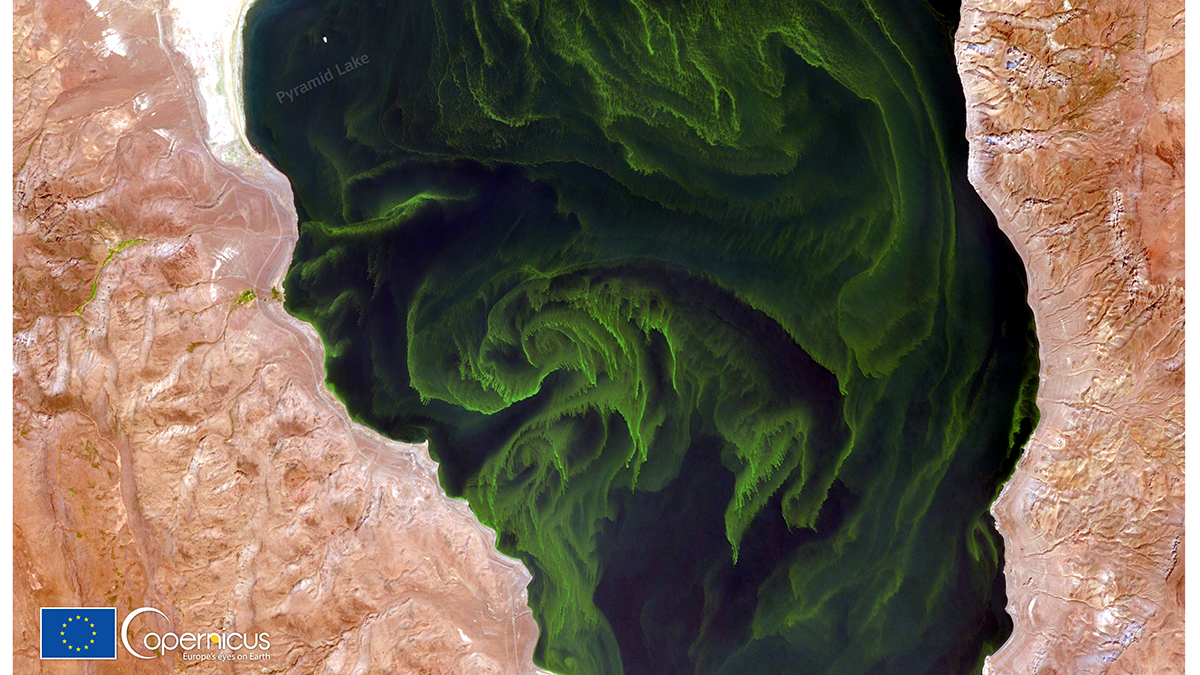Source: Journal of Geophysical Research: Biogeosciences
A translation of this article was made by Wiley. 本文由Wiley提供翻译稿。
Nitrogen is an important component of the global environment, affecting agriculture, climate, human health, and ecosystems. The role of the nitrogen cycle has become more widely appreciated, yet the Earth system models (ESMs) used to predict global environmental change still do not fully incorporate it.
Kou-Giesbrecht argues for the inclusion of a fully interactive nitrogen cycle in ESMs, which would account for the complex and interconnected ways nitrogen moves between the land, oceans, and atmosphere. Nitrogen has only recently been incorporated into the land components of some ESMs and only as a limiting factor of primary productivity.
Nitrogen has roles far beyond plant growth, including as a potent greenhouse gas and a driver of ozone formation and aerosol components. Wildfires release nitrogen oxides and ammonia that contribute to particulate matter concentrations, while marine microorganisms both take up and release nitrogen. Nitrogen export to the oceans influences both ocean primary productivity and ocean nitrogen emissions, and excess nitrogen in marine waters leads to eutrophication, or excessive nutrient levels that can cause harmful algal blooms.
Though globally important, many components of the nitrogen cycle in ESMs are not fully interactive, if they are included at all; rather, they are static inputs to the models. Adding dynamic representations of nitrogen cycling between the land, oceans, and atmosphere would close a significant gap in our understanding of how Earth’s climate and environment will evolve in the near future, the author argues.
To achieve this goal, more observations to better benchmark models of terrestrial nitrogen cycling are needed, as well as experimental manipulations to provide empirical constraints on nitrogen-related processes. These advances could help us understand and meet the goals of the Colombo Declaration on Sustainable Nitrogen Management to halve nitrogen waste by 2030, which could save $100 billion per year and help mitigate climate change and improve biodiversity, food security, and public health, the author says. (Journal of Geophysical Research: Biogeosciences, https://doi.org/10.1029/2025JG009209, 2025)
—Nathaniel Scharping (@nathanielscharp), Science Writer



